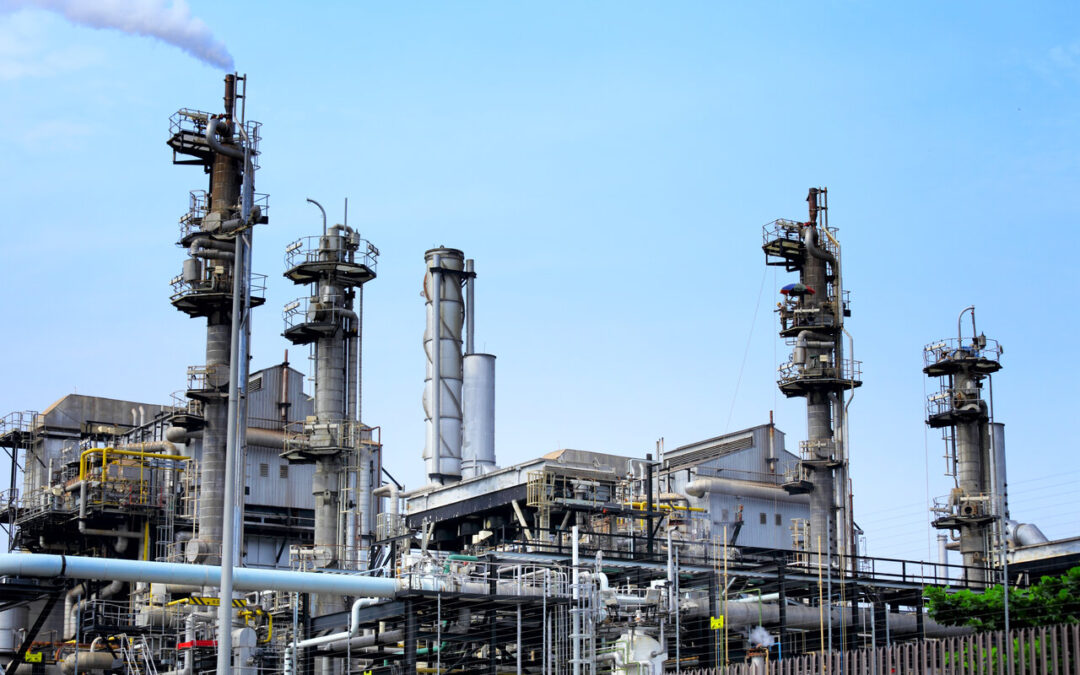The oil and gas industry relies on a range of specialized equipment to ensure optimal production efficiency, and one of the most important tools at its disposal is the test separator. While traditional 3 phase separators have long been a staple in the industry, 4 phase test separators offer unique advantages that help operators maximize production and efficiency.
Test separators are essential for separating, analyzing, and measuring oil, gas, water, and solids produced from a reservoir during production testing or well evaluation. By accurately determining the flow rates and efficiency of produced fluids, operators can make informed decisions regarding reservoir management and overall production strategy. While 3 phase separators have long been the industry standard, 4 phase test separators have emerged as a powerful tool offering added benefits for better managing solids – particularly sand – that can impact production.
Choosing a 4 phase test separator rental from a reliable provider like Tiger Safety Rentals ensures that your team has access to state-of-the-art equipment, expert guidance, and tailored solutions designed to maximize your oil and gas production efficiency. In this article, we will explore the purpose and benefits of 4 phase test separators, discuss how they differ from 3 phase separators, and highlight the key reasons to consider incorporating them into your oil and gas operations.
How 4 Phase Test Separators Function
4 phase test separators are designed to separate and measure the flow rates of oil, gas, water, and solids produced from a reservoir during production testing or well evaluation. They employ a series of vessels, baffles, and other components to achieve separation, measure flow rates accurately, and manage solids effectively. Here’s a brief overview of the separation process:
- Inlet: Production fluids, which include oil, gas, water, and solids, enter the separator through the inlet and undergo an initial separation due to centrifugal forces.
- Gas-Liquid Separation: The gas phase rises to the top of the separator, where it is channeled through mist extractors to remove entrained liquids. The separated gas then flows through gas meters for accurate flow rate measurement.
- Liquid-Liquid Separation: The liquid phase, comprising oil and water, moves to the bottom of the separator. Density differences between oil and water facilitate their separation, with oil rising to the top and water settling at the bottom. Level control devices and interface controllers ensure the separation is efficient and measure the flow rates of both liquids.
- Solid-Liquid Separation: The fourth phase, which consists of solids such as sand, settles at the bottom of the separator. Desanding devices and cyclonic sand separators isolate and remove the solids from the liquid phases to prevent damage to downstream equipment and reduce operational issues caused by accumulated sand.
Differences Between 3 Phase and 4 Phase Separators
Though 3 phase separators have been an industry standard, they primarily focus on separating oil, gas, and water while offering limited control over solids management. 4 phase separators, on the other hand, provide several advantages, especially when dealing with wells producing excessive solids:
- Improved Solids Management: 4 phase separators are specifically designed to handle solids more effectively, mitigating issues such as sand buildup, equipment damage, and operational inefficiencies.
- Enhanced Production Efficiency: By isolating and removing solids from produced fluids, 4 phase separators can help operators improve their production efficiency, reduce equipment downtime, and extend the overall lifespan of wells.
- Reduced Environmental Impact: The efficient separation and management of solids by 4 phase separators can lead to better environmental practices, as they ensure the proper containment and disposal of produced solids.
- Increased Flexibility: 4 phase separators offer operators greater flexibility in managing varying production conditions, including the presence of scale, paraffin, and hydrates that may be present in the produced fluids.
Reasons to Choose 4 Phase Test Separator Rentals from Tiger Safety Rentals
Renting 4 phase test separators from Tiger Safety Rentals provides several key benefits to enhance your oil and gas operations:
- High-Quality Equipment: Tiger Safety Rentals offers state-of-the-art 4 phase test separators that are designed, built, and maintained to the highest industry standards, ensuring optimal performance and reliability.
- Customized Solutions: Our expert team at Tiger Safety Rentals works closely with clients to understand their specific operational needs and recommend the most suitable 4 phase test separator solutions.
- Cost Savings and Flexibility: Renting a 4 phase test separator allows you to save on upfront costs, reduce maintenance expenses, and respond quickly to changing operational requirements.
- Expert Support and Maintenance: Tiger Safety Rentals provides comprehensive support and maintenance services throughout the rental period, ensuring that your 4 phase test separator operates efficiently and reliably at all times.
Conclusion
In an ever-evolving oil and gas industry, continuously seeking innovative and efficient solutions is crucial for success. 4 phase test separators offer several advantages over traditional 3 phase separators, allowing operators to effectively manage and measure flow rates, extend the lifespan of their assets, and reduce the environmental footprint. By partnering with Tiger Safety Rentals, you can benefit from the highest quality 4 phase test separator rentals, expert support, and customized solutions tailored to enhance the safety and efficiency of your oil and gas operations.
Discover the advantages that 4 phase test separator rentals from Tiger Safety Rentals can bring to your production environment and take the first step towards increased efficiency and optimized production. Contact us today to get started!

